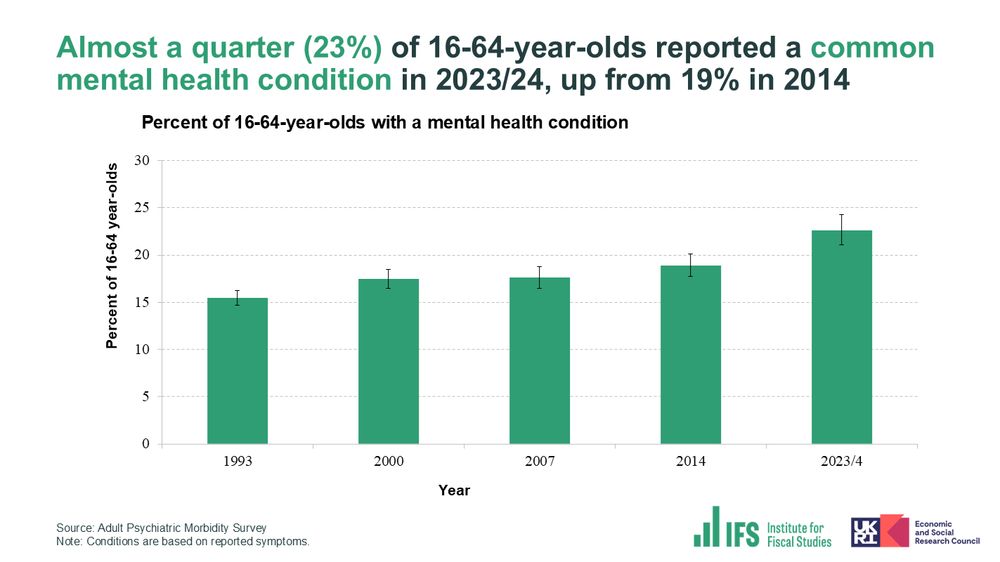Eduin Latimer
@eduinlatimer.bsky.social
160 followers
130 following
82 posts
Economist at Institute for Fiscal Studies, interested in low-paying labour market and the tax and benefit system.
Posts
Media
Videos
Starter Packs
Reposted by Eduin Latimer
Reposted by Eduin Latimer
Reposted by Eduin Latimer
Eduin Latimer
@eduinlatimer.bsky.social
· Aug 27
Eduin Latimer
@eduinlatimer.bsky.social
· Aug 27
Eduin Latimer
@eduinlatimer.bsky.social
· Aug 27
Eduin Latimer
@eduinlatimer.bsky.social
· Aug 27
Eduin Latimer
@eduinlatimer.bsky.social
· Aug 27
Eduin Latimer
@eduinlatimer.bsky.social
· Aug 27
Eduin Latimer
@eduinlatimer.bsky.social
· Aug 27
Reposted by Eduin Latimer
Eduin Latimer
@eduinlatimer.bsky.social
· Jul 15














